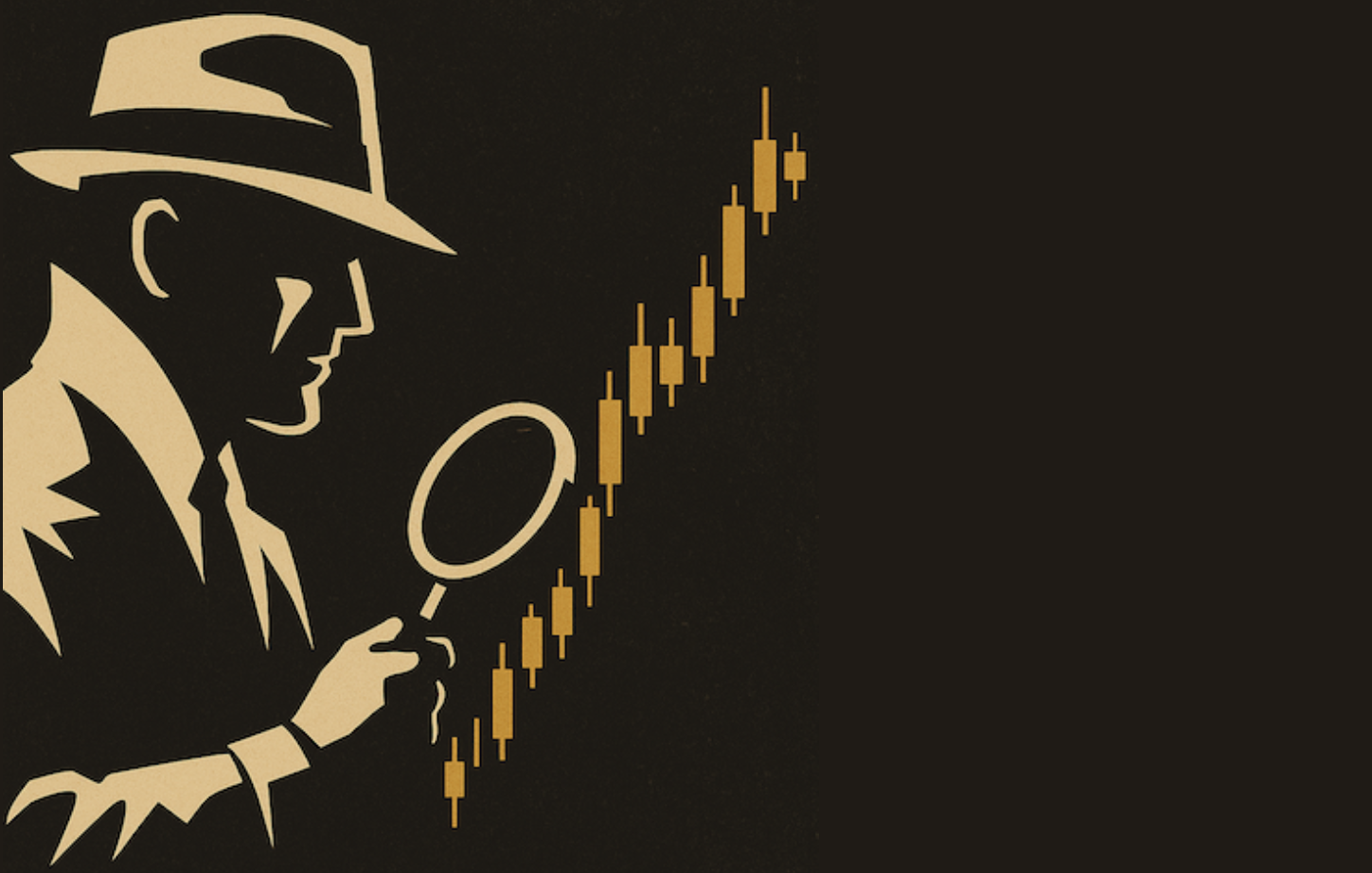GLOBAL DOWNTURN DEEPENS -- SECTOR WEAKNESS -- VIX JUMPS OVER 20 WHICH IS A SIGN OF MORE STOCK WEAKNESS TO COME
GLOBAL SLIDE STARTS IN ASIA... A 6% decline in the Taiwan stock market started a slide in Asian markets that spread to Europe and then the U.S. Chart 1 shows Hong Kong's Hang Seng Index falling to the lowest level in three months. In Chart 2, the German Dax has fallen to a new four-month low and is bearing down on its 200-day average. Even the Canadian market, which has been kept relatively strong by rising commodity markets, has fallen under its 50-day moving average. Just as global markets moved up in sync over the last year, they're now moving down together. This downturn is global in scope. While today's slide is being attributed to increased global tensions, we need to remind everyone that the stock market started dropping almost two months ago and has continued to deteriorate since then.

Chart 1

Chart 2

Chart 3
MATERIALS SECTOR BREAKS SUPPORT... The next three ETF charts show how widespread to current decline is. The Materials Select Sector SPDR is slipping beneath its early February low to complete a "double top" formation. The Health Care ETF is slipping under its 200-day moving average. Most of the weakness there has been in the pharmaceutical group. Chart 6 shows the Consumer Discretionary ETF falling to a three-month low. Although not shown here, the Financials ETF has broken its 50 day average, while Industrial and Technology ETFs are near their 200-day moving averages. The only two sector ETFs that remain above their 50-day averages are Energy and Utilities.

Chart 4

Chart 5

Chart 6
VIX SPIKES UPWARD... The CBOE Volatility Index has jumped over 20 for the first time in six months. That's a number I generally use to signal that the stock market is in danger of a more serious correction. The VIX, which trades in the opposite direction of the stock market, has been trading under 18 for the last three months. Normally, numbers that low warn of too much complacency in the stock market which is a caution signal. However, it takes an upturn in the VIX to signal lower stock prices. Chart 8 puts the trend of the VIX in better perspective. It peaked over 40 during the second half of 2002 as the bottom bottomed and has been in a downtrend since then. The breaking of the down trendline in Chart 8 suggests that the trend of the VIX is turning higher. If history is any guide, the VIX usually climbs into the 35-40 region before the market finds an important bottom. The fact that it's still in the low 20s suggests that there's more upside to come in the VIX and more downside in the market.

Chart 7

Chart 8










